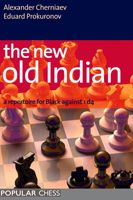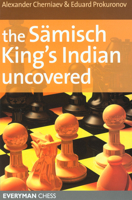Cognitive Sophistication and the Development of Judgment and Decision-Making
Cognitive Sophistication and the Development of Judgment and Decision-Making reviews the existing literature on the development of reasoning, judgment and decision-making, with a primary focus on measures from the heuristics and biases tradition. The book presents a model based on cognitive sophistication to examine the development of judgment and decision-making, including age related differences in developmental samples, associations with intellectual abilities and executive functions, and associations with dispositional tendencies that support judgment and decision-making. Additional sections cover the empirical findings of a longitudinal study conducted over seven years that tie together the discussed aspects related to cognitive sophistication.
This book will provide a much-needed description of the theoretical and conceptual issues, a review of empirical findings, and an integrative summary of the implications for developmental models of reasoning, judgment and decision-making.
























